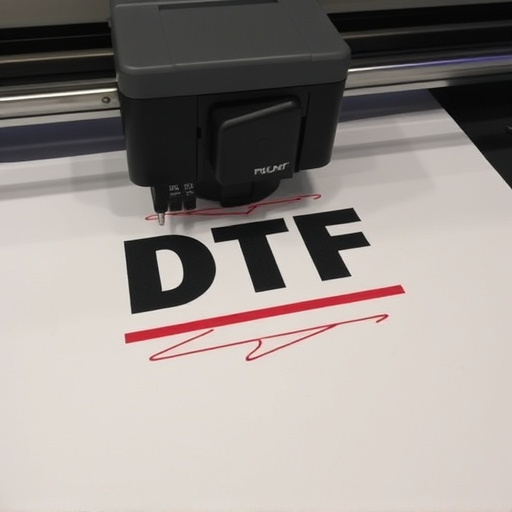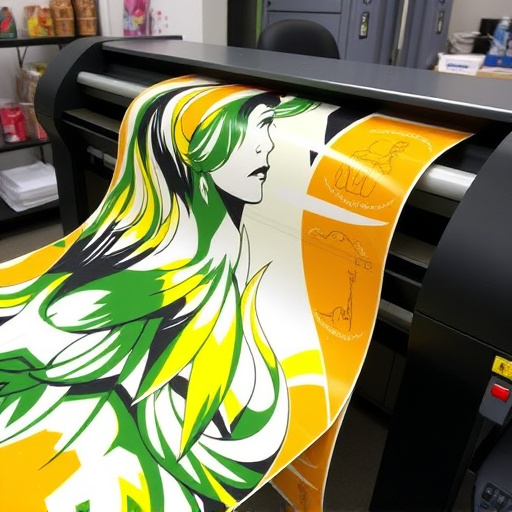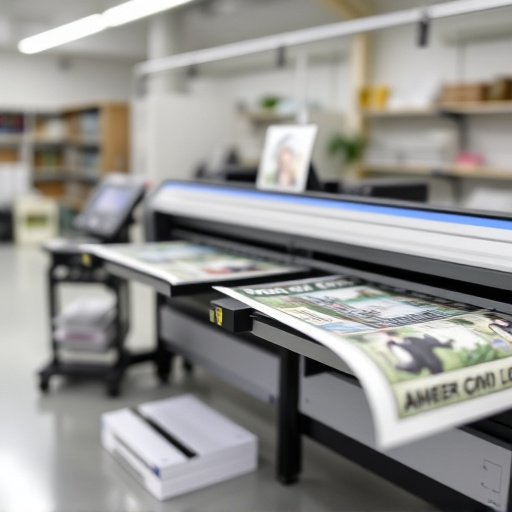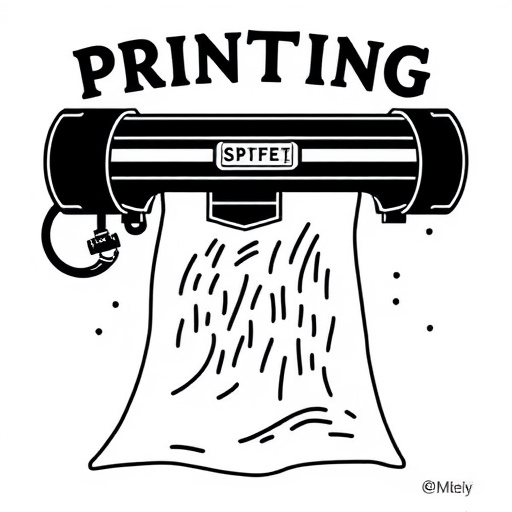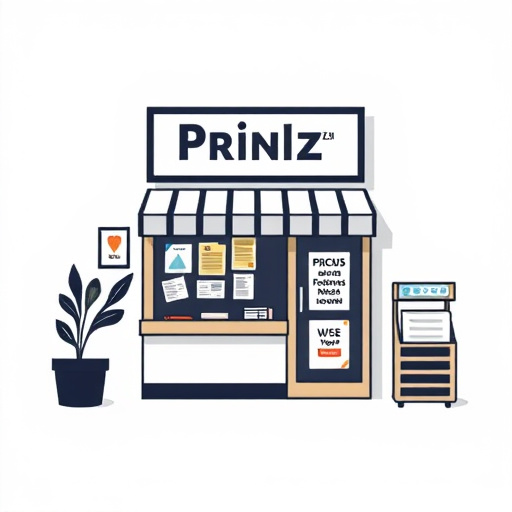The Direct-to-Film (DTF) industry growth has revolutionized printing and apparel sectors through efficient, high-quality direct printing onto fabric, reducing production time and costs. Driven by demand for custom clothing and on-demand printing, brands adopt DTF for t-shirts and garments, leveraging intricate designs and detailed logos. This technology enables small batch production, helping brands swiftly adapt to market trends, create unique logos, and maintain a competitive advantage in the dynamic fashion industry.
The dynamic growth of the DTF (Direct-to-Consumer) industry is reshaping retail landscapes globally. This article explores the competitive advantages that stem from this expansion, focusing on key players’ strategic responses and evolving market dynamics. By unravelling these aspects, we highlight opportunities for innovation, disruption, and sustained success in the rapidly expanding DTF sector. Prepare to unlock insights into how leading brands are leveraging direct-to-consumer channels to gain a significant edge.
- Unlocking Opportunities: DTF Industry Expansion
- Key Players and Their Strategic Edge
- Market Dynamics: Advantages and Implications
Unlocking Opportunities: DTF Industry Expansion

The expansion of the DTF (Direct-to-Film) industry is unlocking a treasure trove of opportunities for businesses and entrepreneurs. This dynamic sector, characterized by its innovative approach to printing personalized products, has experienced significant growth in recent years. The rise of DTF technology has democratized customization, allowing individuals and small enterprises to create unique, on-demand items with ease. From direct-to-film personalized hoodies to a wide array of promotional merchandise, the applications are vast.
This industry growth is driving competition and fostering creativity. As more businesses enter the market, there’s an increased demand for cutting-edge printing technology like DTF printers. Such advancements enable the production of high-quality, intricate designs on various materials, further enhancing the customization experience. With such robust growth, the DTF industry continues to evolve, presenting exciting prospects for those who embrace its potential and adapt to this ever-changing landscape.
Key Players and Their Strategic Edge
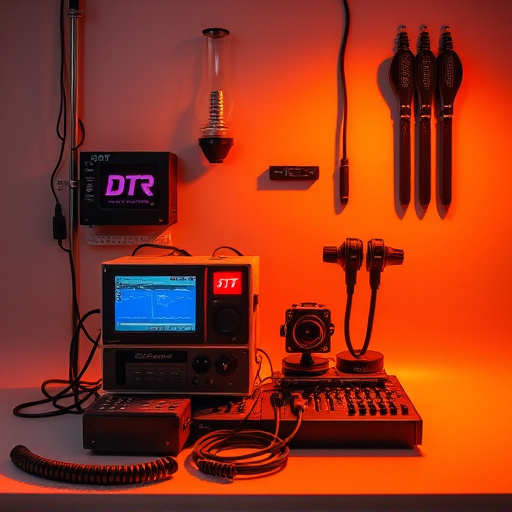
The DTF (Direct to Fabric) industry growth has been a game-changer for several key players in the print and apparel sectors. Companies specializing in dtf heat transfer paper have gained a strategic edge by offering efficient, high-quality printing solutions directly onto fabric. This innovative approach eliminates the need for traditional screening processes, significantly reducing production time and costs.
With the rising demand for custom clothing and on-demand printing, brands are increasingly adopting DTF for t-shirts and other garments. The versatility of dtf heat transfer paper allows for intricate designs and detailed logos, making it ideal for small batch production and even individual pieces. This technology empowers clothing brands to swiftly adapt to market trends, create unique logos dft for their products, and cater to diverse consumer preferences, thus maintaining a competitive advantage in the ever-evolving fashion industry.
Market Dynamics: Advantages and Implications

The dynamic landscape of the DTF (Direct-to-Fabric) industry growth presents a myriad of competitive advantages for businesses capitalizing on this innovative printing method. Market dynamics, characterized by rapid evolution and increasing demand, have sparked a wave of creativity and customization. This shift towards DTF transfers has opened doors for manufacturers and designers alike, allowing them to offer unparalleled levels of personalization and speed in the garment industry.
With custom DTF transfers and sheets becoming the norm, businesses can now cater to a diverse range of client needs and preferences. The ability to swiftly adapt designs onto various garments enhances their market reach and appeal. This growth impels companies to invest in cutting-edge technology, ensuring they stay ahead of trends and deliver superior quality, ultimately solidifying their position in an ever-changing and competitive market.
The rapid growth of the DTF (Direct-to-Consumer) industry is a powerful force reshaping retail dynamics, offering significant competitive advantages to forward-thinking brands. By leveraging digital channels and cutting out intermediaries, DTF businesses are transforming consumer experiences, fostering brand loyalty, and achieving unprecedented levels of personalization. This article has explored how key players are strategically positioning themselves within this expanding landscape, uncovering opportunities for innovation and market dominance. As the DTF industry continues to evolve, understanding these competitive advantages will be essential for brands aiming to thrive in the digital age.


